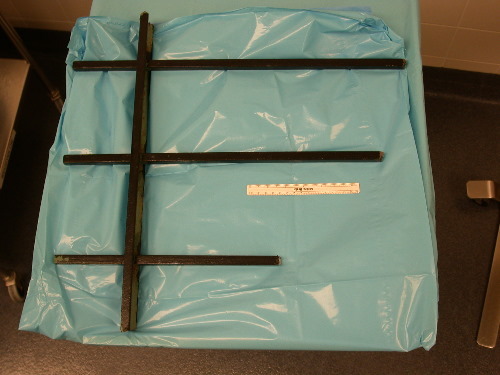If you’ve been reading these posts for any length of time, you may have realized that I regularly write about new (or sometimes not so new) research studies that I believe have some impact on trauma professionals. But if you look closely, you’ll see that the vast majority are human studies. I can only recall 1 or 2 animal studies that I’ve commented on in the past 3+ years.
Why is that? Well, there are several reasons.
First, many of those papers describe low-level biomedical research that is tough for the average person to follow. They use sophisticated measurement and analysis techniques to pick apart a specific biological pathway or process. It almost takes a PhD to understand them.
Next, most of these studies are performing work that only incrementally increases our understanding of what’s going on at that microscopic level. These little bits of progress may ultimately add up to a major advance. But if I find it difficult to provide the big picture view of the importance of one of these minor findings to the average trauma professional, I’m not going to write about it.
Finally, and most importantly, many of these published results will not have any significance to our field. Some interesting, positive finding in an animal model may have been discovered. But why should we believe this will translate to something relevant to humans?
Look at the model of inflammation that’s been used to develop all manner of potential human drugs to block it in critically ill patients. To date, there have been nearly 150 such drugs developed and tested, at great expense. How many have actually worked and been approved for human use? Zero. Why? It turns out that the inflammation model used in mice creates a response that looks the same as what happens to humans. But it’s not. It turns out that completely different, parallel pathways have been studied. So the thousands of papers that picked apart these pathways used to treat mouse inflammation do not really apply to human medicine. Only to veterinary medicine. And mice veterinarians only!
Reference: Genomic responses in mouse models poorly mimic human inflammatory diseases. Proc Nat Acad Sciences, ePub Feb 11, 2013.



